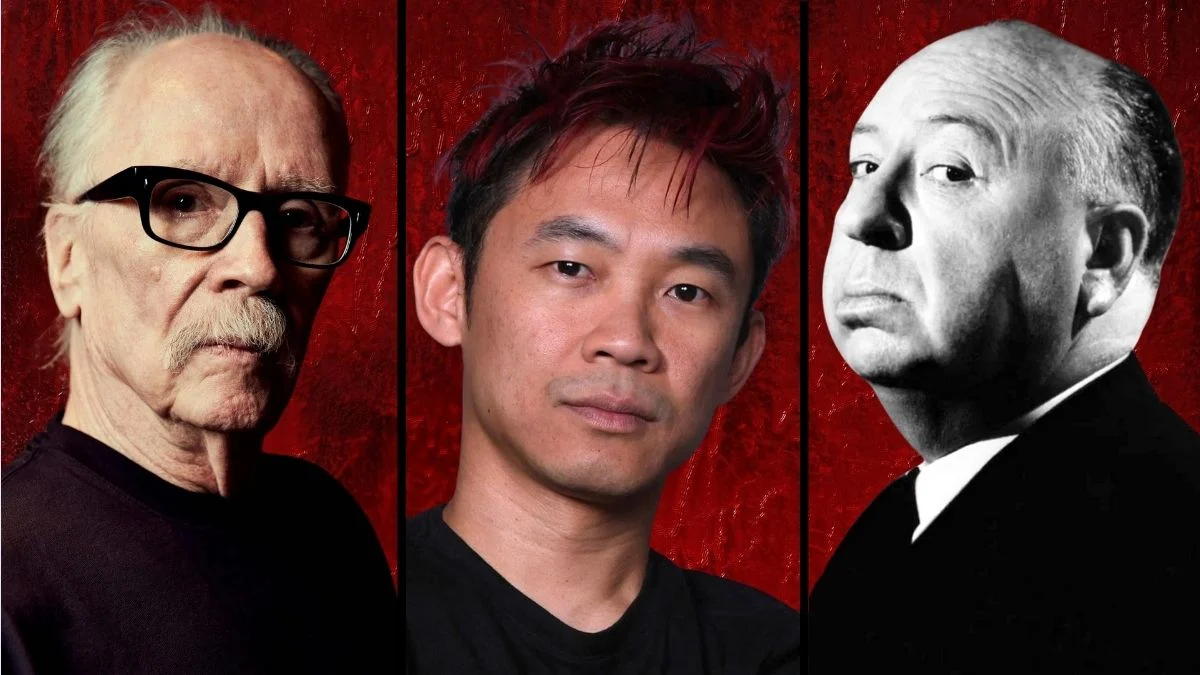
As a lifelong horror fan, I’ve always been fascinated by the directors who truly made the genre. It’s amazing to think about how they started with nothing, then built the rules, gleefully smashed them, and showed everyone else a new way forward. From the very beginning, with those silent films, to the incredible stuff we’re seeing now, these filmmakers created the monsters we all know and love, kicked off huge franchises, and basically invented the language of scary movies. They came from all over the world and worked in every style imaginable – sleek and creepy psychological thrillers, super gritty shockers, and those slow-burn nightmares that really get under your skin. I’ve put together a list counting down the directors who I think left the biggest impact on horror. It’s a look at the true masters of fear.
20. Jennifer Kent
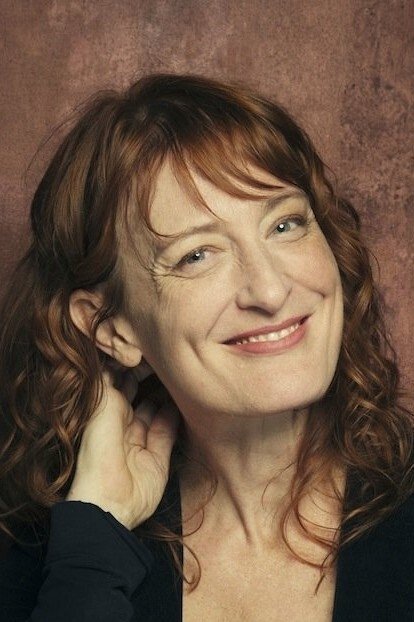
Jennifer Kent has quickly become known for her powerful and unsettling films. Her 2014 film, ‘The Babadook,’ was a critical success and introduced a now-iconic monster. She followed that with ‘The Nightingale,’ a harsh but thought-provoking exploration of how violence repeats itself. Kent’s movies are skillfully made, using sound and camera angles to build suspense, and often deal with difficult emotions like grief and trauma, portraying them as very real and frightening forces.
19. Ari Aster
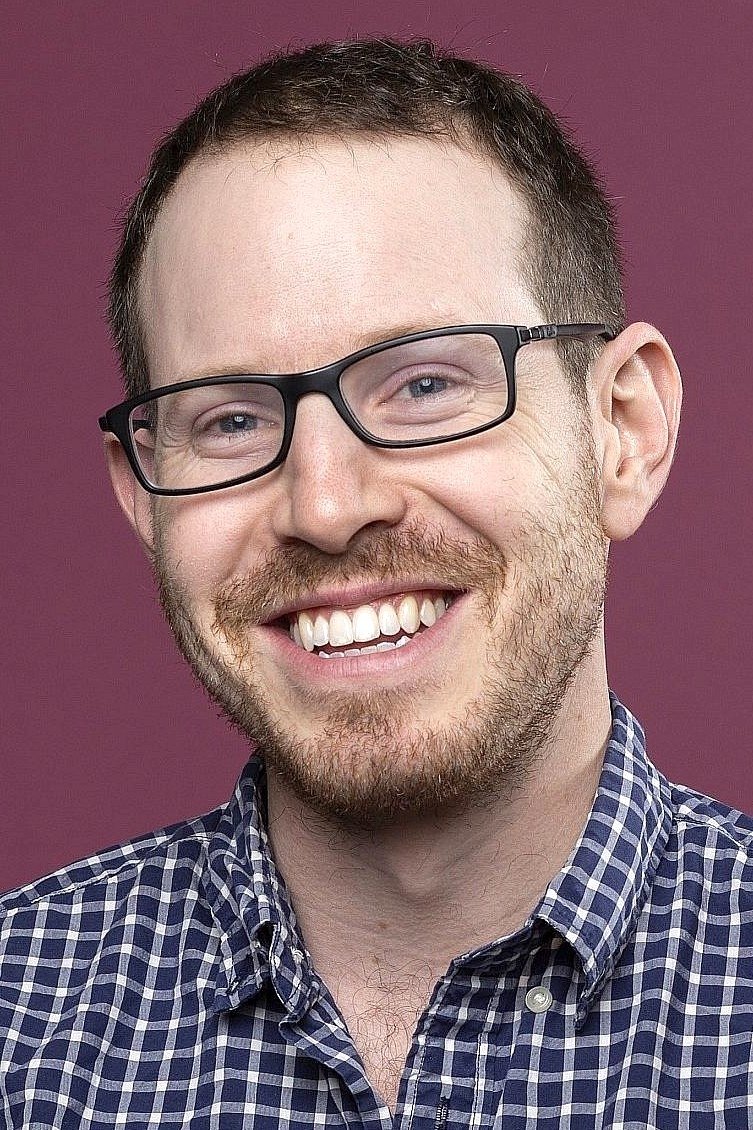
Ari Aster has become a leading figure in horror, revitalizing the folk horror genre with films like ‘Midsommar’ and bringing a grand, unsettling scale to stories of family life in ‘Hereditary’. He’s known for his slow, deliberate camera work and a style of horror that unfolds in broad daylight, exposing rather than hiding the source of fear. His films often use traditions and family secrets to build tension and create terror, and he expertly combines striking visuals with a haunting score to maximize the feeling of dread.
18. Jordan Peele
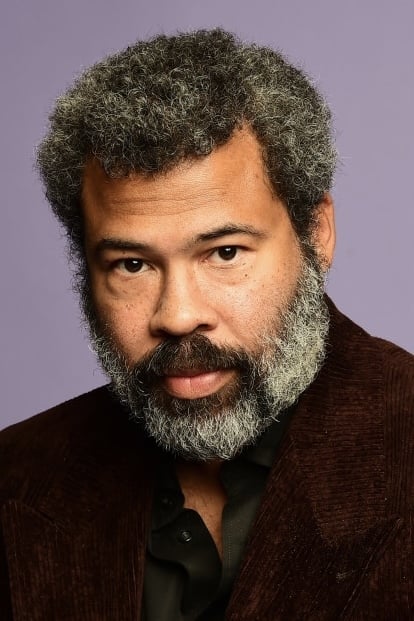
Jordan Peele is known for blending insightful social messages with exciting, mainstream thrillers, as seen in films like ‘Get Out,’ ‘Us,’ and ‘Nope.’ He expertly uses humor to create a sense of ease before shocking twists. His movies are rich with symbolism, encouraging viewers to watch them multiple times to uncover deeper meanings. He crafts unforgettable scenes through careful casting, impactful sound design, and precisely planned reveals.
17. Hideo Nakata
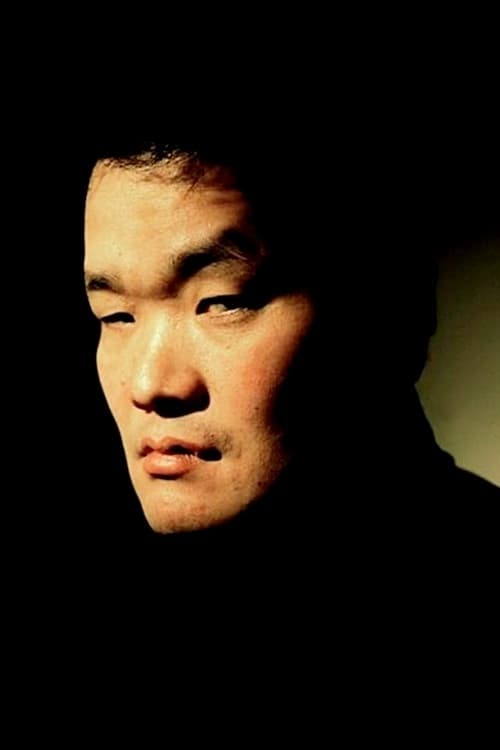
Hideo Nakata is known internationally for creating the chilling atmosphere of films like ‘Ring’ and ‘Dark Water,’ which helped establish the style of J-horror. He’s recognized for his use of slow pacing, lingering shots, and unsettling everyday settings. The idea of cursed objects spreading horror, a key element in his work, became hugely popular in remakes and inspired many new horror franchises. Nakata’s subtle filmmaking allows even small details to create a lasting, frightening impression.
16. Lucio Fulci

Lucio Fulci was a horror director famous for his shocking and graphic films like ‘The Beyond’, ‘City of the Living Dead’, and ‘Zombie’. He created a strange, dreamlike atmosphere using realistic special effects and bizarre storylines, inspiring many later horror filmmakers. Fulci intensified the impact of his films with jarring close-up shots and unsettling sounds. His work was so intensely gory that it challenged censorship rules and changed how horror films were distributed.
15. Kiyoshi Kurosawa
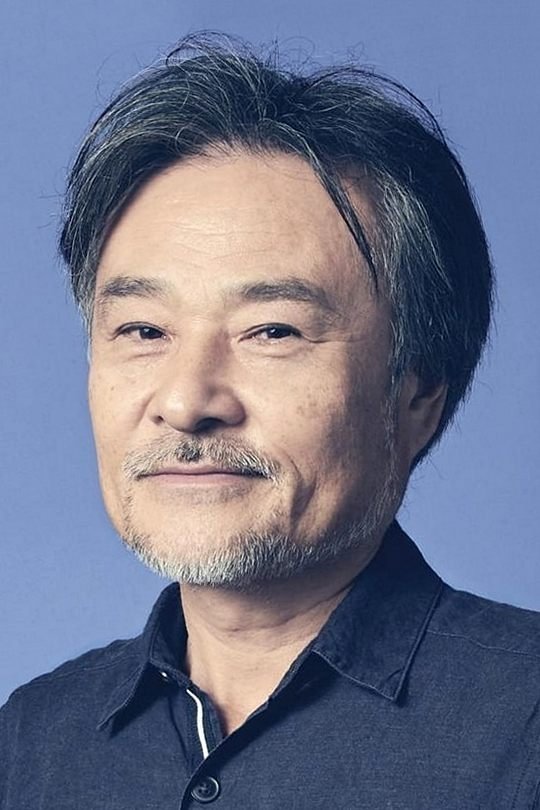
As a huge horror fan, I’ve always been blown away by Kiyoshi Kurosawa. Movies like ‘Pulse’ and ‘Cure’ don’t rely on jump scares; instead, he builds this incredible, creeping dread that just stays with you. He uses so little music and these really spacious shots, which makes even ordinary rooms feel unsettling and dangerous. What really gets under your skin in his films is how he explores feelings of loneliness and how technology can be genuinely creepy. Honestly, the atmosphere he creates has influenced so much of the slow-burn horror I enjoy today.
14. Takashi Miike

Takashi Miike is a remarkably versatile director, moving from deeply unsettling films like ‘Audition’ to boldly experimental ones such as ‘Ichi the Killer’. He masterfully mixes different genres, often shocking audiences with unexpected bursts of violence that completely change the story’s impact. Miike’s incredible work ethic and willingness to take risks redefined the possibilities of horror cinema, and viewers began to anticipate his unique storytelling and visually striking films.
13. Terence Fisher
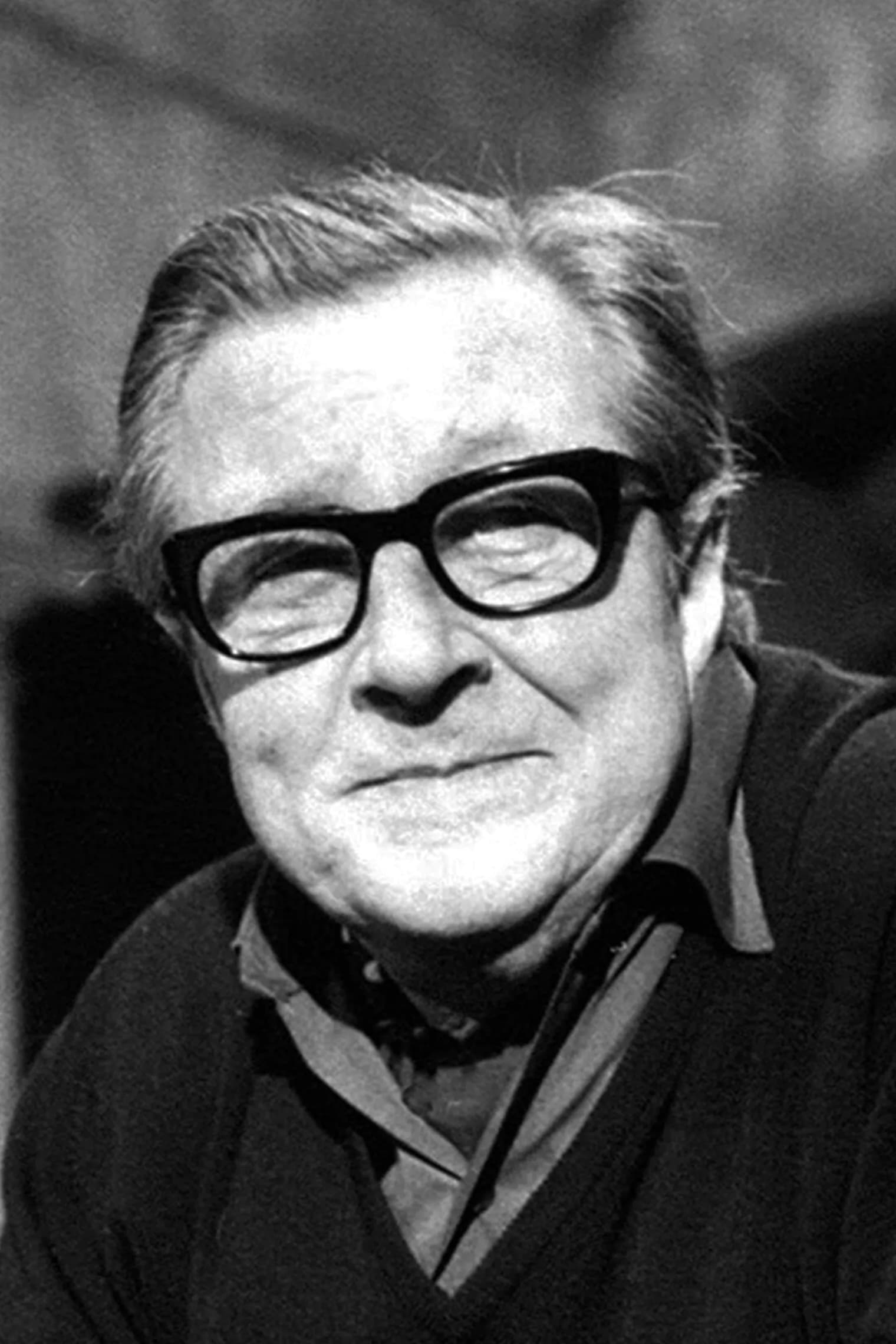
Terence Fisher spearheaded Hammer’s famous horror films, beginning with ‘The Curse of Frankenstein’, ‘Dracula’, and ‘The Mummy’. He brought Gothic horror back to life with striking visuals and impressive sets. Working with popular actors, he updated classic monsters for a modern audience. The detailed costumes and sets created a distinctive and influential style that other filmmakers continued to use for years.
12. F. W. Murnau
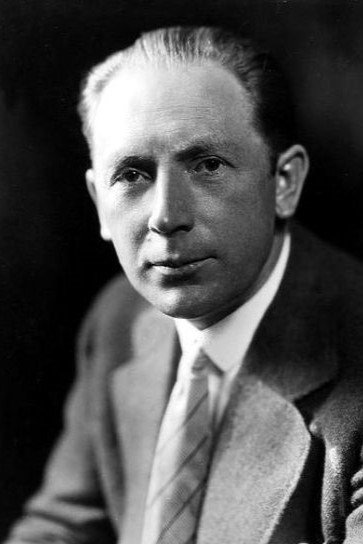
F.W. Murnau revolutionized horror films with ‘Nosferatu.’ He crafted a memorable vampire through innovative use of shadows, unusual camera angles, and filming on location. His silent film techniques greatly influenced the lighting and mood of future movies. Murnau also used striking visuals, turning buildings into threatening figures that added to the film’s suspense.
11. Mario Bava
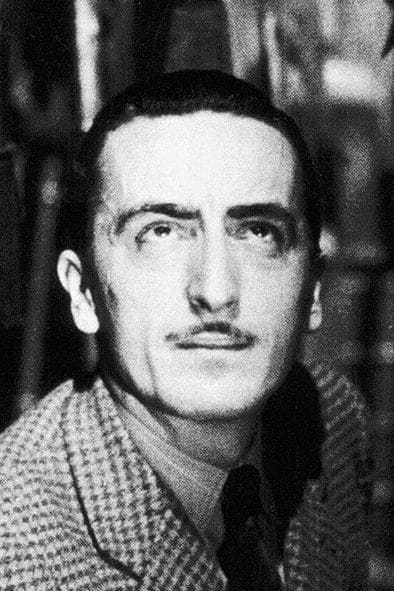
As a huge horror fan, I’ve always been fascinated by Mario Bava. He really defined the look of Italian horror with films like ‘Black Sunday,’ ‘A Bay of Blood,’ and ‘Black Sabbath.’ What struck me most was how he used color and lighting – it wasn’t just about making things look scary, but creating a truly mesmerizing, almost dreamlike atmosphere. And honestly, if you look at a lot of classic slasher films, you can see his fingerprints all over the way scenes are set up and filmed. He was a real visual innovator, and so many filmmakers since then have clearly been inspired by his style and willingness to experiment.
10. William Friedkin
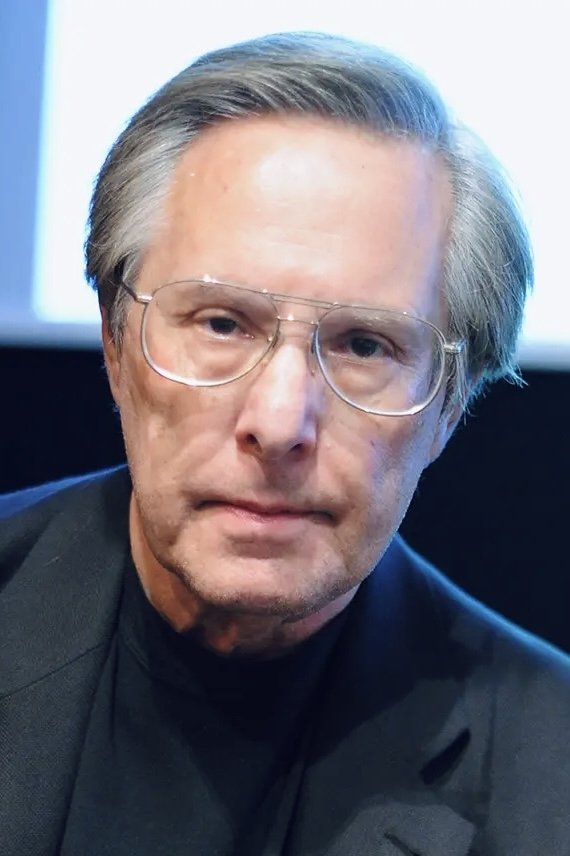
William Friedkin’s ‘The Exorcist’ felt incredibly realistic for a studio film. He achieved this by blending a documentary-style approach with impressive special effects and makeup. The film’s sound design was also revolutionary, especially in its terrifying depiction of possession. Ultimately, ‘The Exorcist’ created a blueprint for religious horror films that studios still use today.
9. Sam Raimi
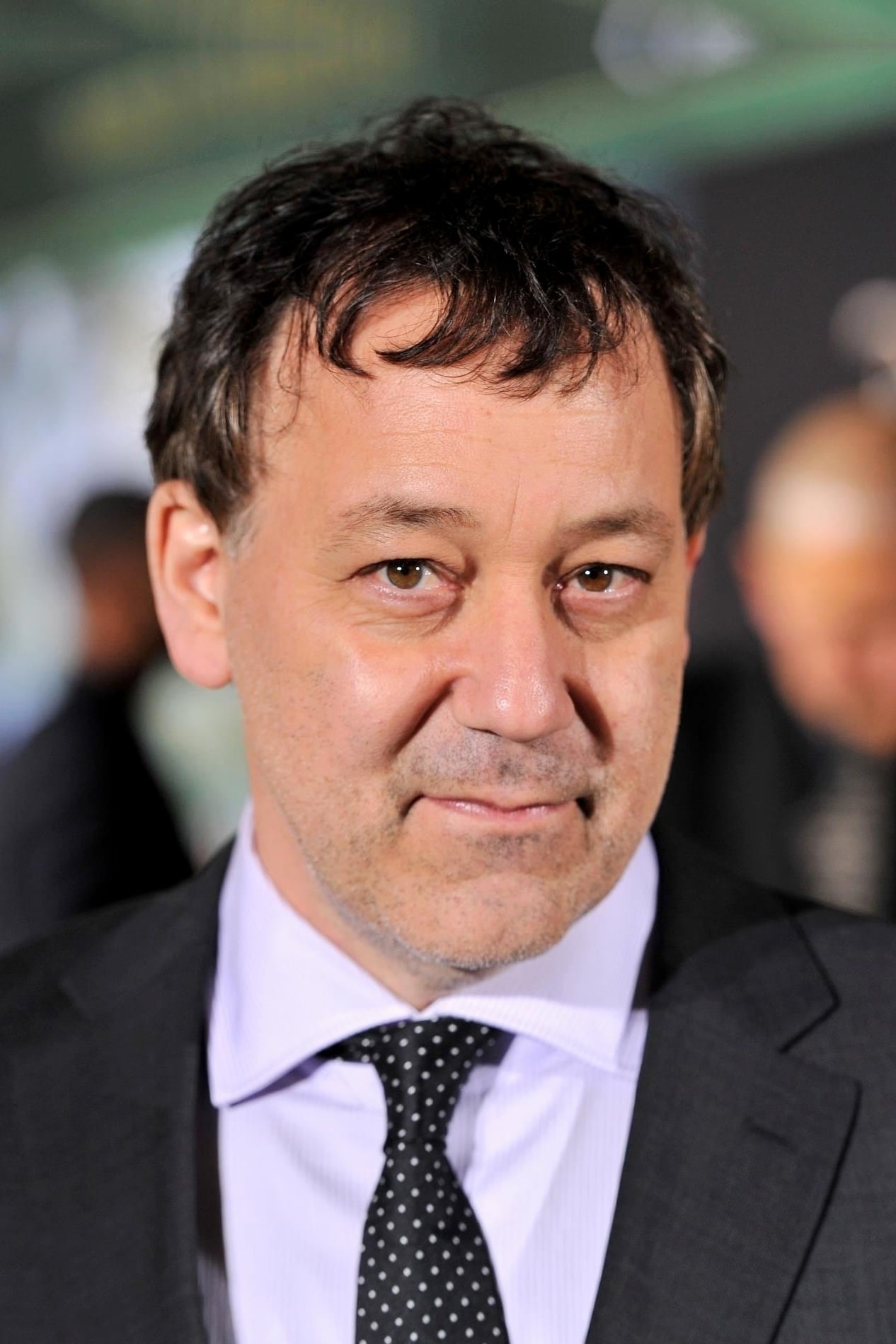
Sam Raimi revolutionized horror with films like ‘The Evil Dead’ and ‘Evil Dead II’, and continued that energetic style in ‘Drag Me to Hell’. He’s known for his dynamic camera work and creative use of practical effects, which made his films feel much bigger than their budgets. His fast-paced editing seamlessly blends comedy and scares, and he demonstrated that a unique vision and lots of energy are key to building a successful franchise.
8. James Wan
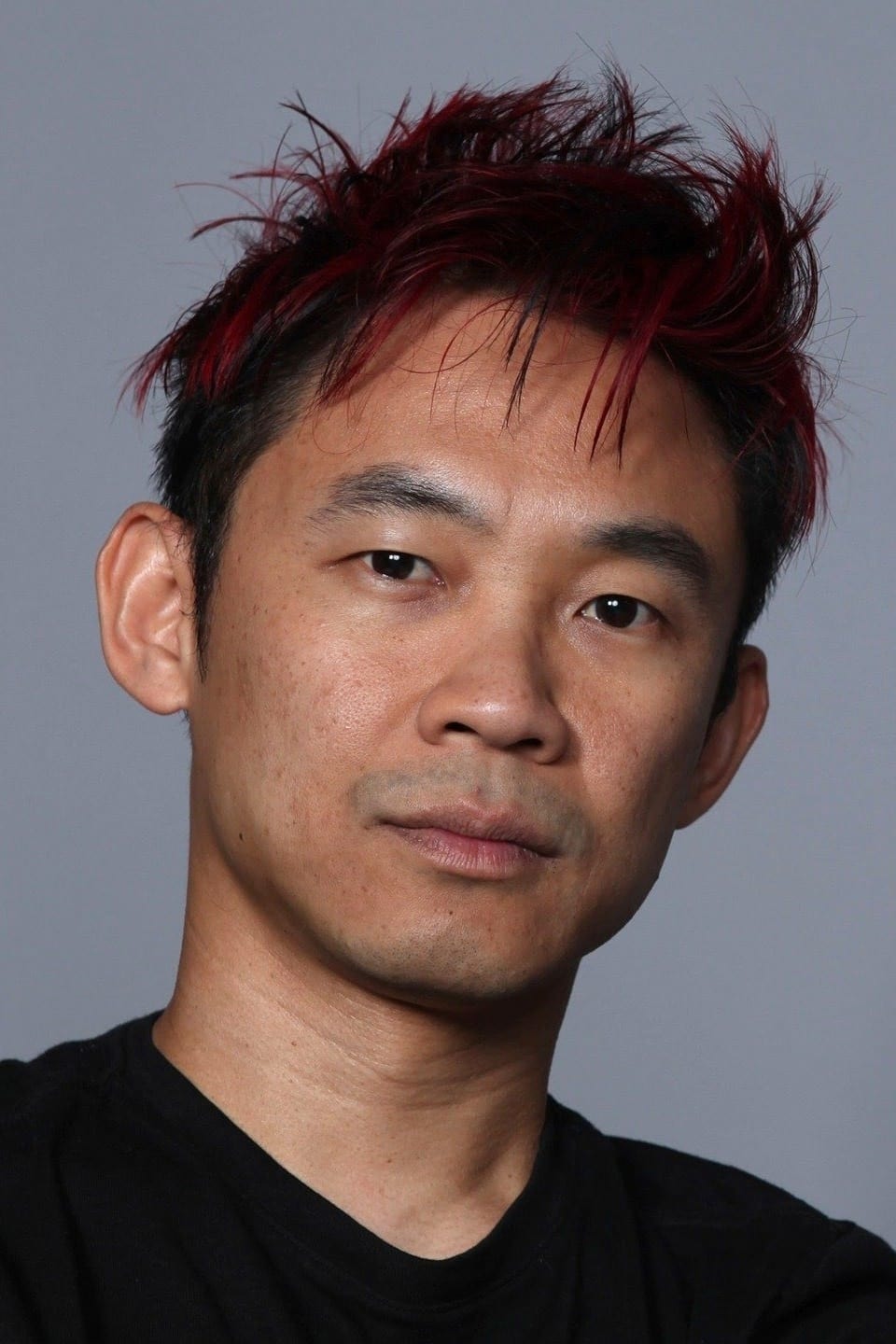
James Wan is the creator behind several successful modern horror franchises, including ‘Saw,’ ‘Insidious,’ and ‘The Conjuring.’ He’s known for expertly building suspense and delivering effective jump scares using careful camera work and sound design. His talent for crafting terrifying haunted house scenarios helped revitalize the horror genre and sparked renewed interest from studios. Importantly, he demonstrated how to create a connected universe of horror films through sequels and spin-offs, providing a blueprint for expanding these franchises.
7. Tobe Hooper
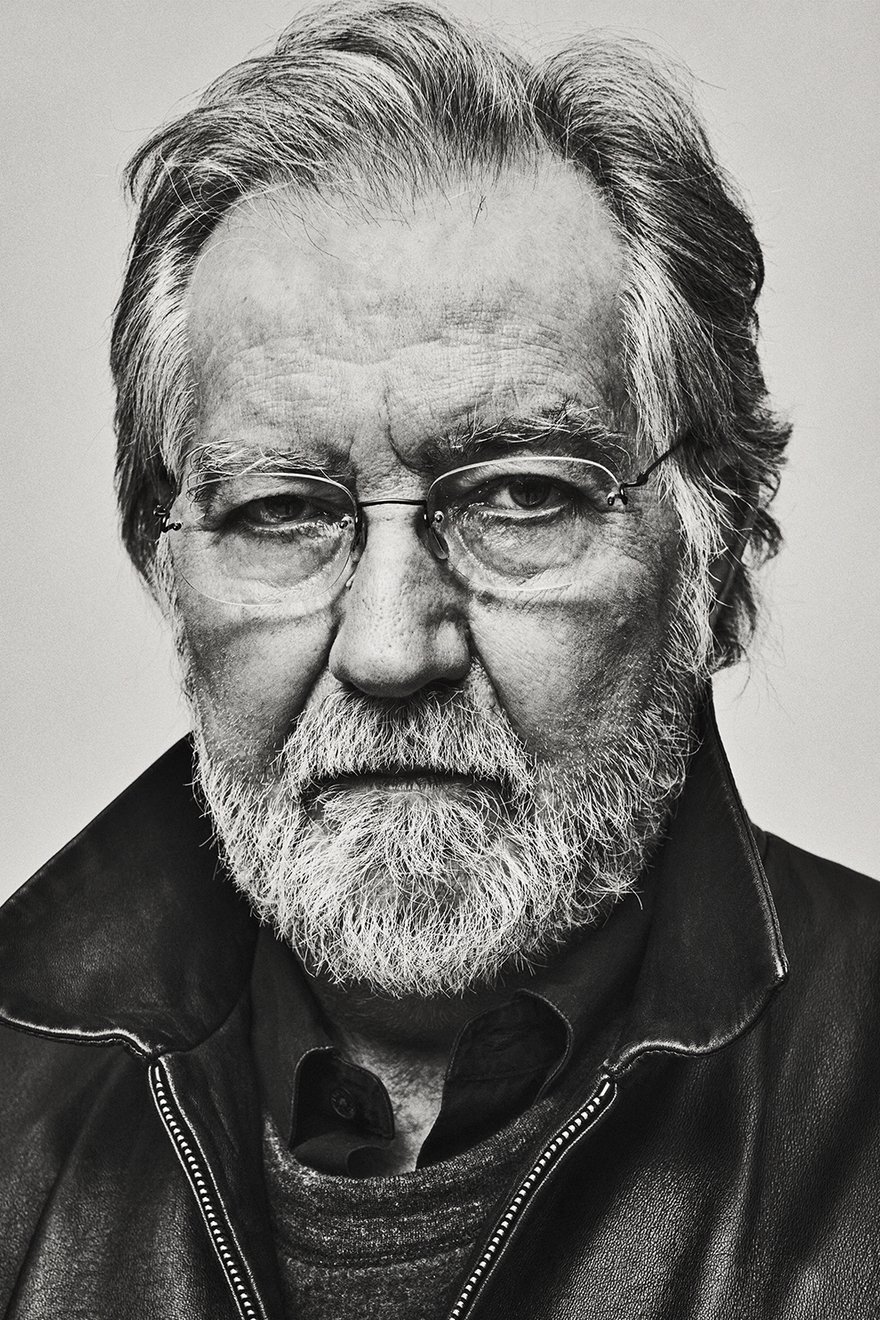
Tobe Hooper redefined American horror with films like ‘The Texas Chain Saw Massacre’ and ‘Poltergeist’. He created a sense of intense realism using documentary-style filming and raw sound. His innovative approach – focusing on suspense and gritty details rather than gore – heavily influenced the slasher genre and many other horror subgenres. He showed that what you don’t see can be far more frightening than anything graphic.
6. Dario Argento
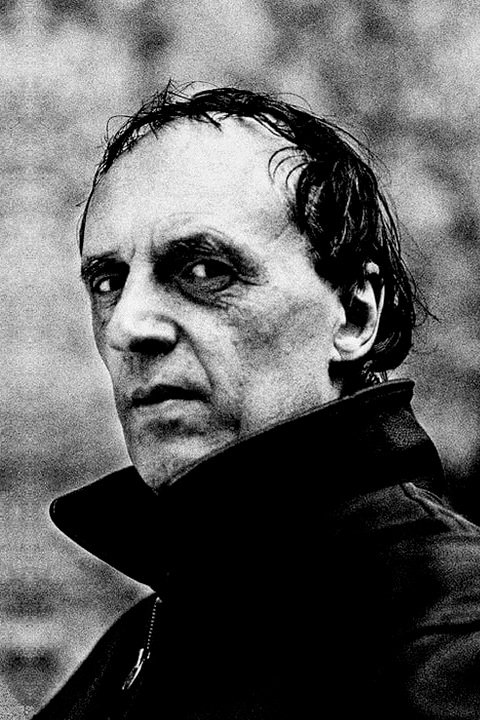
Dario Argento was a master of Italian horror, creating visually stunning films like ‘Suspiria,’ ‘Deep Red,’ and ‘Tenebrae.’ He was known for his dramatic use of color, striking buildings, and detailed sets. The music in his films, often created with frequent collaborators, was crucial to building suspense and fear. His unique style of violence and complex mysteries have inspired thriller filmmakers globally.
5. David Cronenberg
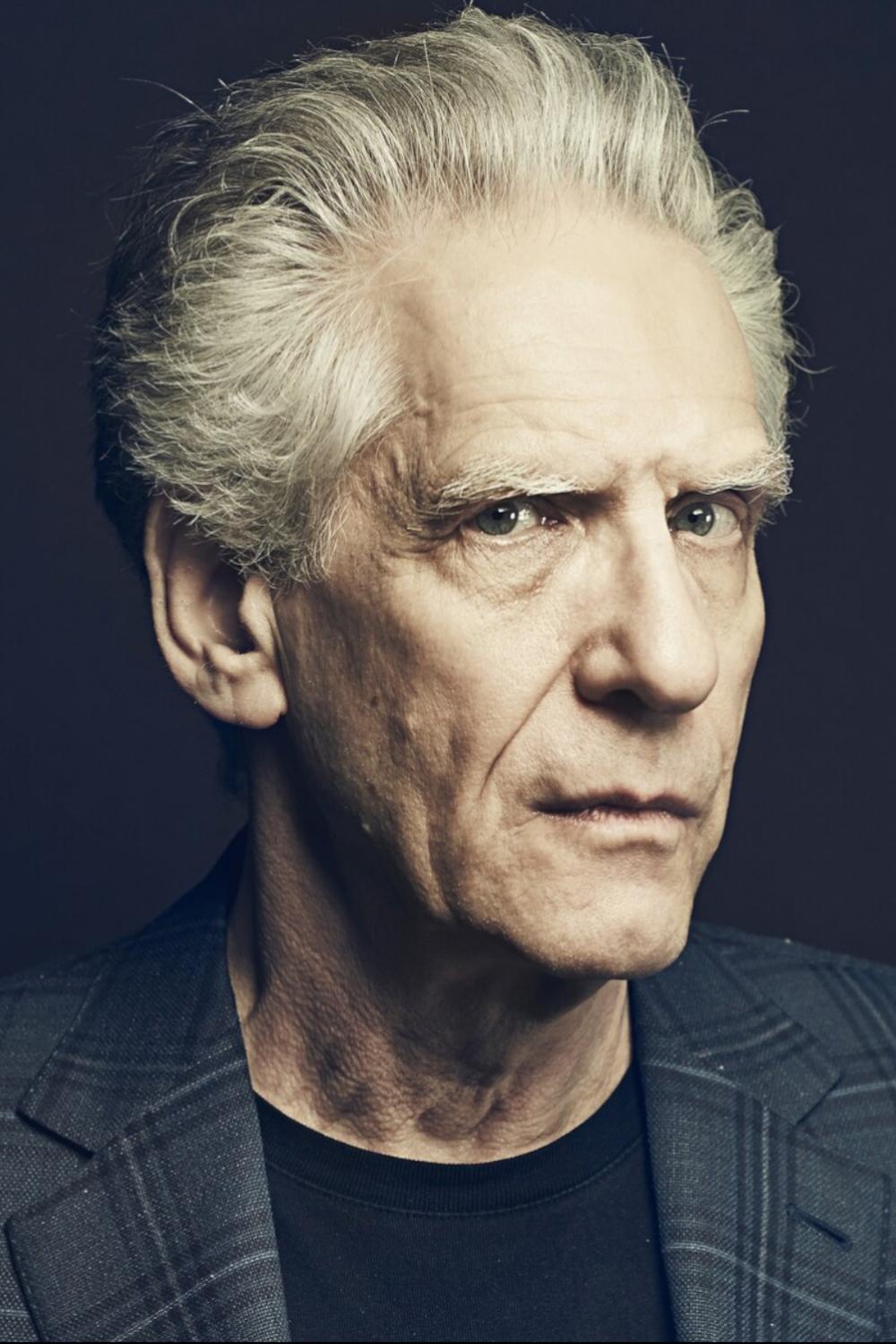
David Cronenberg is famous for pioneering the genre of body horror with films like ‘The Fly,’ ‘Scanners,’ and ‘Videodrome.’ He explored how changes to the body and the rise of technology tap into our deepest fears. Using impressive practical effects and meticulous filmmaking, he created a uniquely disturbing atmosphere. His work has profoundly influenced how biological horror is portrayed in movies and TV shows ever since.
4. Wes Craven
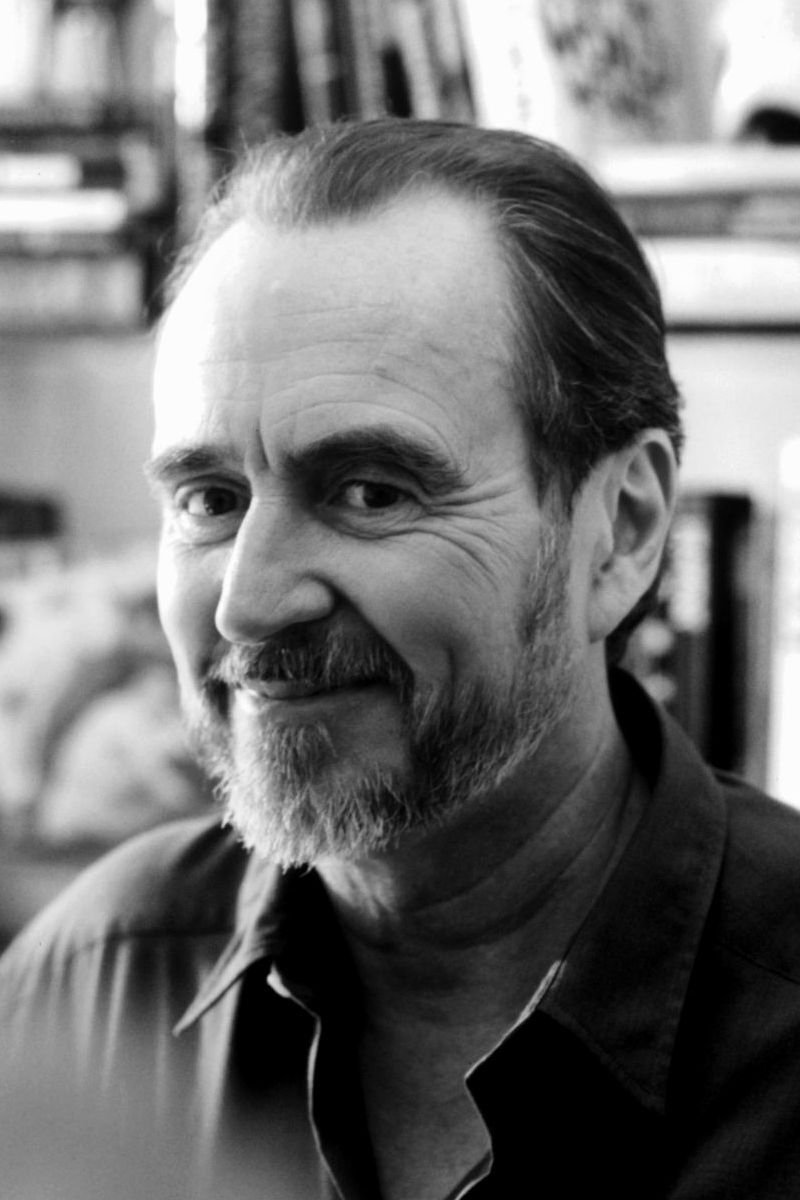
Wes Craven revolutionized the horror genre with films like ‘A Nightmare on Elm Street’ and ‘Scream’. He masterfully combined real-life fears and a knowing look at how we consume media to create compelling stories. His films introduced unforgettable villains and established unique rules for their worlds, becoming ingrained in popular culture. Craven revitalized the slasher film and paved the way for more self-aware and inventive storytelling in horror.
3. George A. Romero
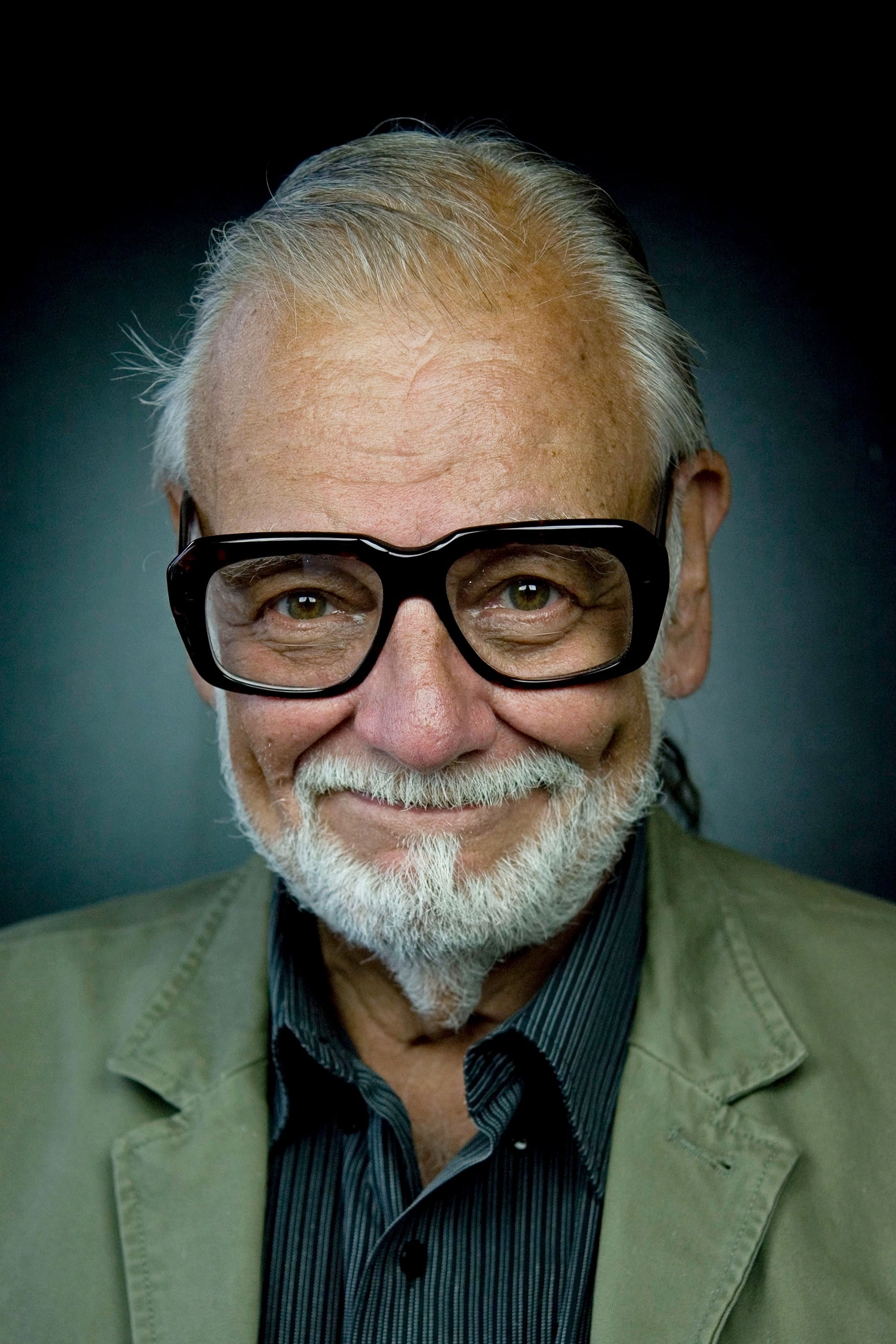
George A. Romero essentially created the modern zombie genre with films like ‘Night of the Living Dead,’ ‘Dawn of the Dead,’ and ‘Day of the Dead.’ He cleverly combined social messages with thrilling, realistic special effects and scenarios where characters were trapped and under attack. His zombies became the standard for the genre, influencing countless movies and TV shows. He also proved that filmmakers could create powerful and impactful work without relying on major studios.
2. Alfred Hitchcock
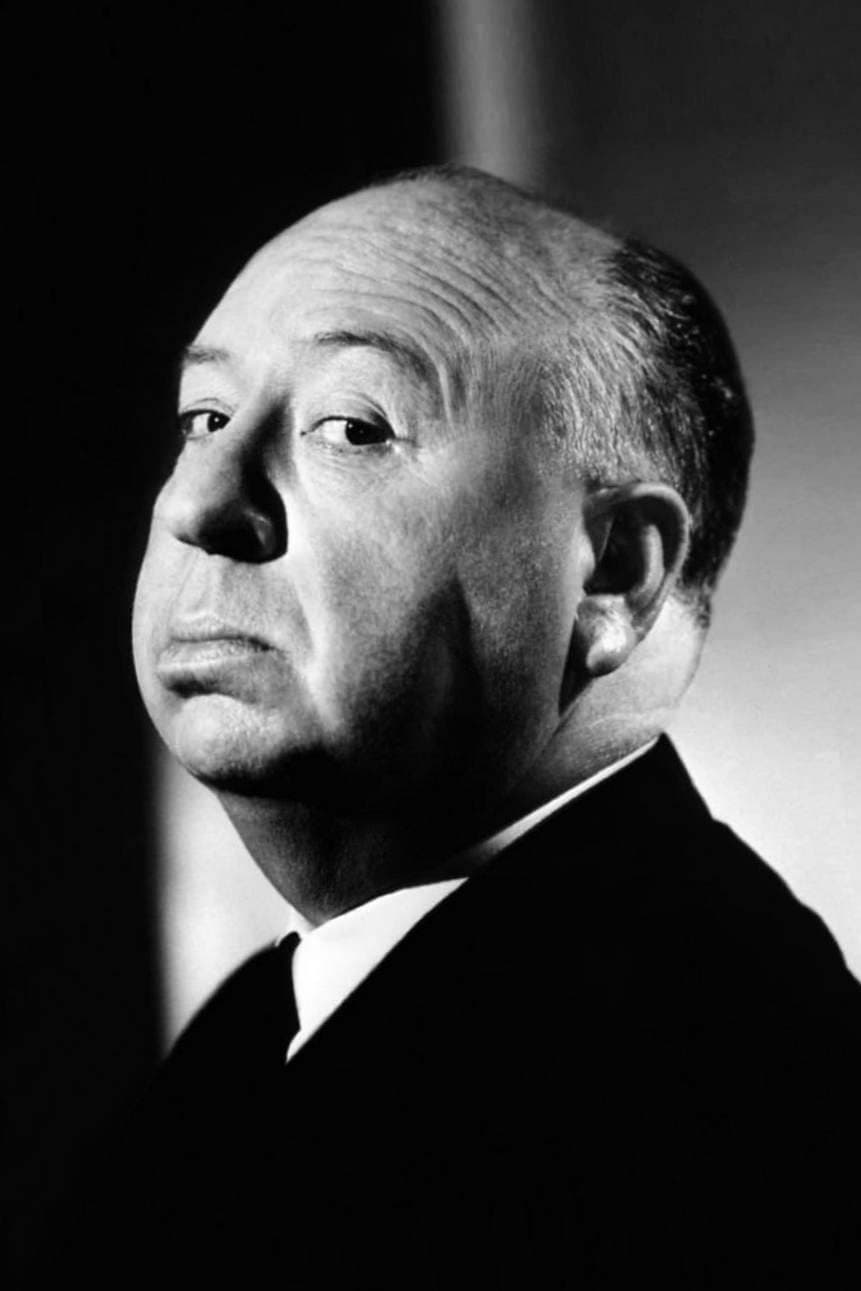
Alfred Hitchcock was a master of psychological horror, famously showcased in films like ‘Psycho’ and ‘The Birds’. He perfected the art of building suspense using clever camera angles and precise editing. Hitchcock also revolutionized how movies were marketed and released, maximizing surprise for viewers. His impact can still be seen in modern slasher films and the thriller genre as a whole, with many of his techniques still used by filmmakers today.
1. John Carpenter
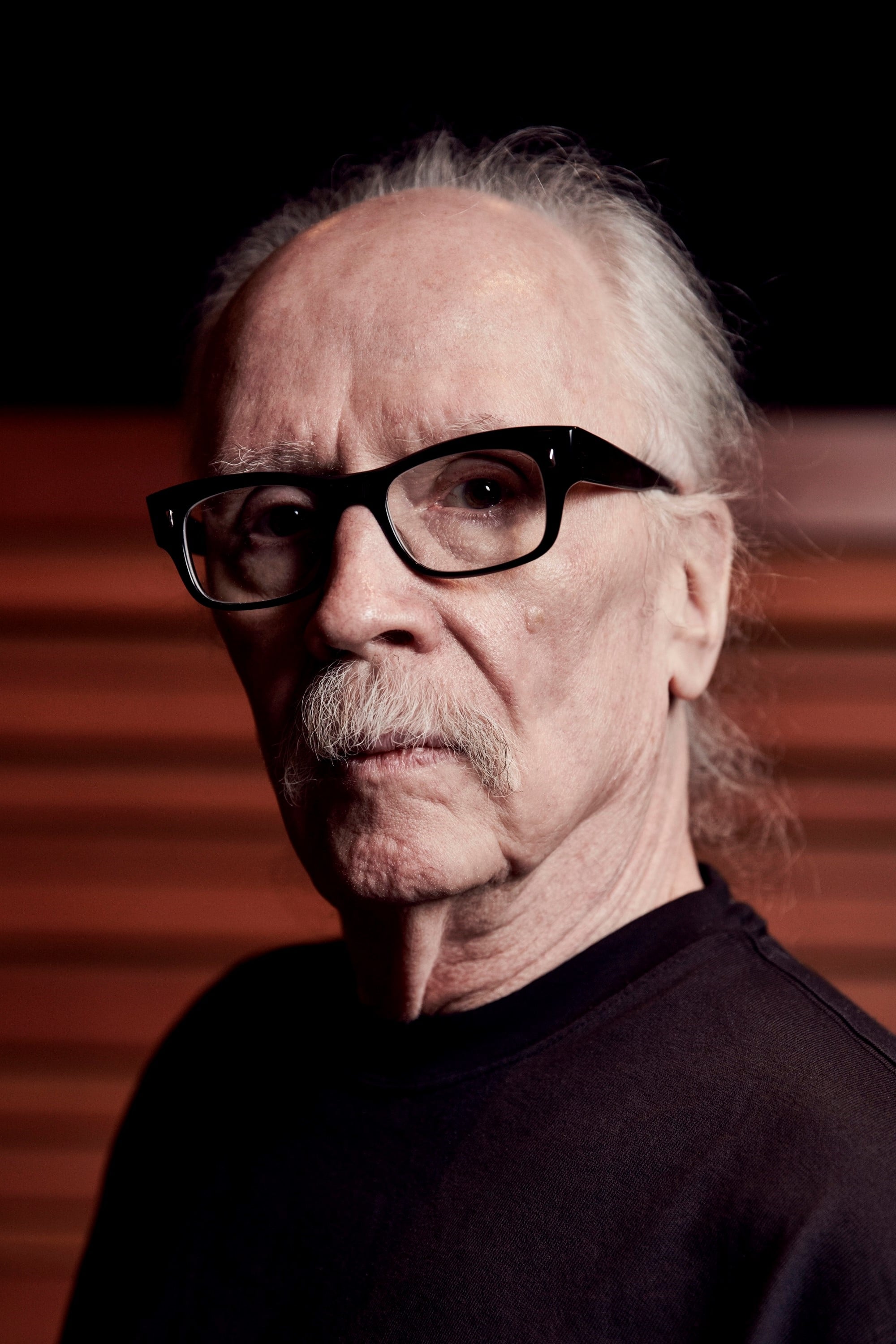
John Carpenter’s films – like ‘Halloween’, ‘The Thing’, and ‘The Fog’ – created lasting blueprints for the horror genre. He skillfully combined expansive visuals with memorable, synth-based music, often composing the scores himself. He popularized elements like masked villains, groups of people struggling to survive, and stories where characters are trapped and under attack, all of which are now common in horror. His work continues to influence the way horror movies are paced, scored, and visually presented.
Share your picks in the comments and tell us who you would add to the list.
Read More
- Fed’s Rate Stasis and Crypto’s Unseen Dance
- Blake Lively-Justin Baldoni’s Deposition Postponed to THIS Date Amid Ongoing Legal Battle, Here’s Why
- Global-e Online: A Portfolio Manager’s Take on Tariffs and Triumphs
- Dogecoin’s Decline and the Fed’s Shadow
- Ridley Scott Reveals He Turned Down $20 Million to Direct TERMINATOR 3
- The VIX Drop: A Contrarian’s Guide to Market Myths
- Baby Steps tips you need to know
- Top 10 Coolest Things About Goemon Ishikawa XIII
- Top 10 Coolest Things About Indiana Jones
- Northside Capital’s Great EOG Fire Sale: $6.1M Goes Poof!
2025-10-27 02:19